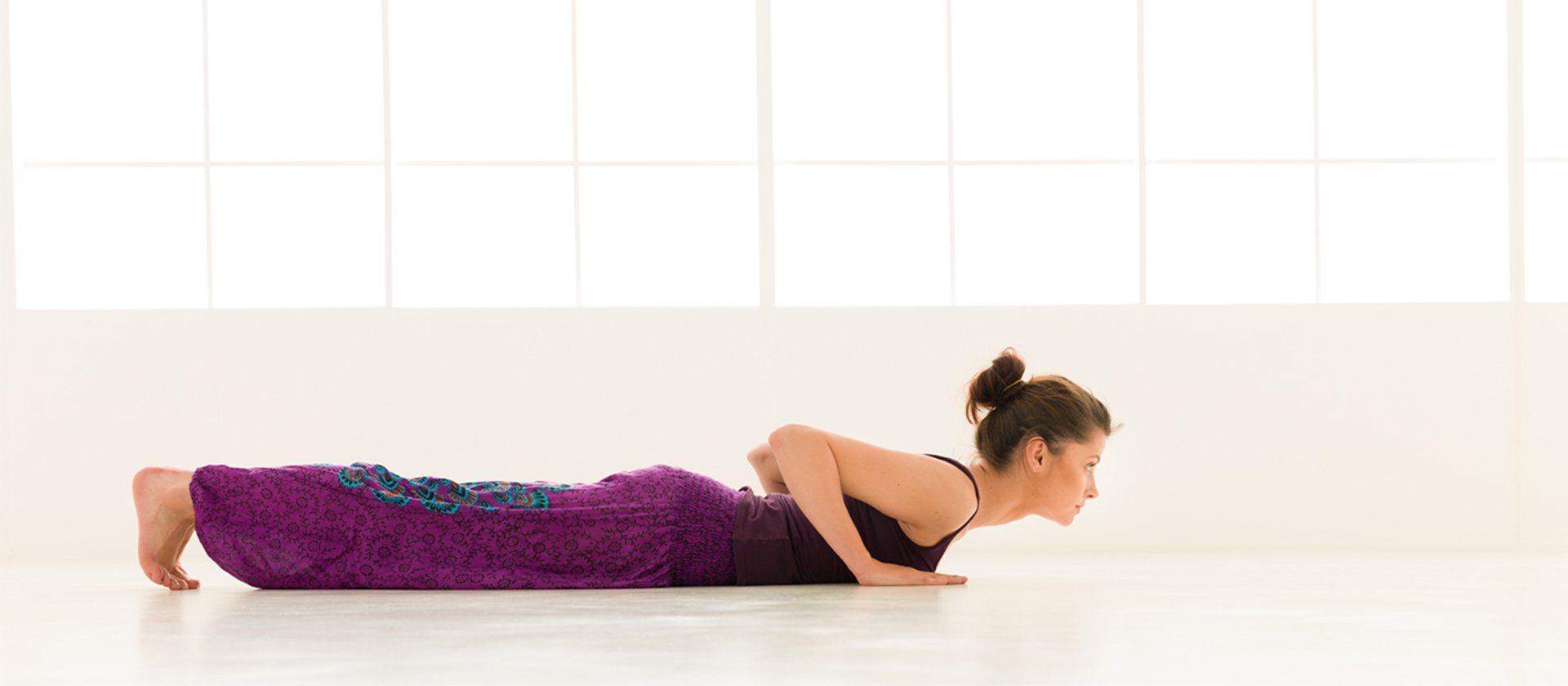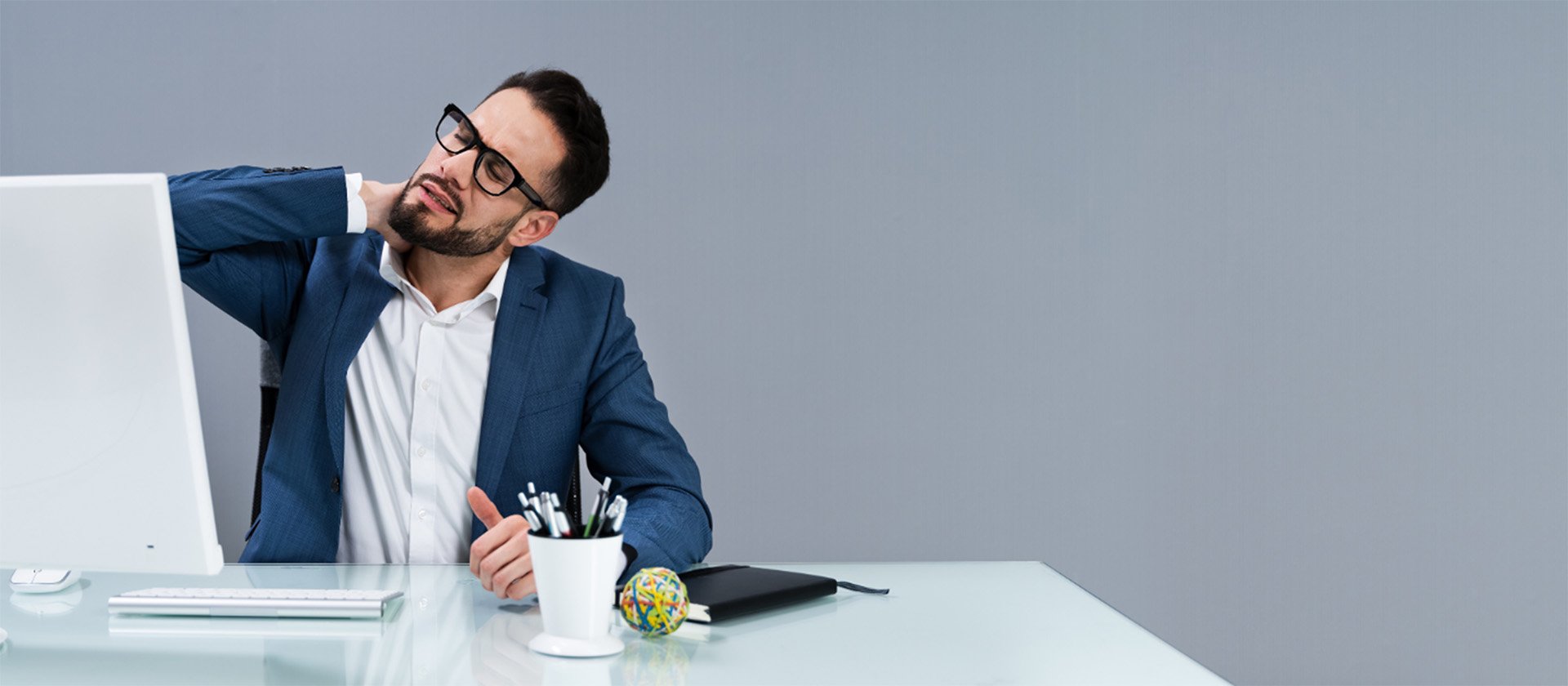IS STRESS, OR SOMETHING ELSE, CAUSING YOUR HEADACHES?
Is your head pounding after a long day of working while sitting in your office chair? People think that the main cause of their headaches at the end of the day is something that you can’t control (such as stress, bills, or responsibilities). Yes, those factors can cause muscle tightness, but they may not be the only reason for your headache. Did you know that your posture—the way you sit—could be a huge factor in causing headaches? But it is controllable.
How your sit stinks
If you are like me, the moment you stop actively thinking about your posture, you end up slouching forward more and more as time passes. You then think about it, sit up tall for a few seconds, and then eventually slump forward once you start working on a task. This slumped posture is called “forward head posture” and it causes the spine to end up looking like a “C”. That posture is not ideal and could be the cause of your headaches, but how?
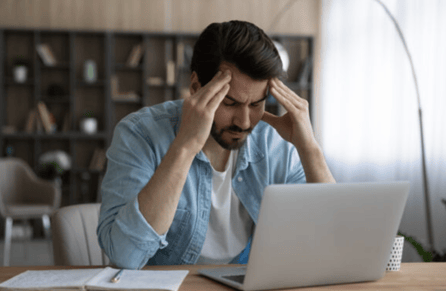
When you are sitting unsupported in an office chair, your spine falls backward into the “C” shape, your head follows, falling forward and down, progressively getting heavier and heavier the more it falls. It can weigh up to 42 lbs when it falls forward!! No wonder we are experiencing headaches and probably also neck and back pain. This posture puts an extreme amount of stress on your neck and back muscles, which can press on nerves that can cause pain. Even worse, if you spend too much time in this position, the muscles will adapt and create imbalances that can deform your posture over time. These muscular imbalances can not only kill your golf game but also result in a slumped standing posture, making you look like Quasimodo.
Take control of your posture
We know that there are aspects of our lives that we have little control over (stress, responsibilities, bills) but POSTURE and our OFFICE CHAIR CAN be controlled. Perhaps the reason I would try to sit up straight and then fall forward over time was that my office chair wasn’t supporting me in the right places to help me hold up my posture. It’s true that traditional office chairs with only a lumbar support can contribute to poor posture. The best posture for our spine looks more like an “S” than a “C.” Ideally, then, the head will follow the spine position and stack into a neutral alignment.
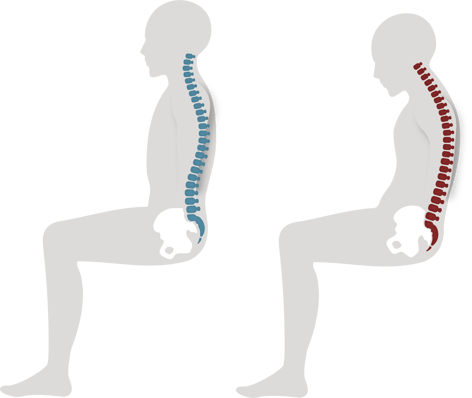
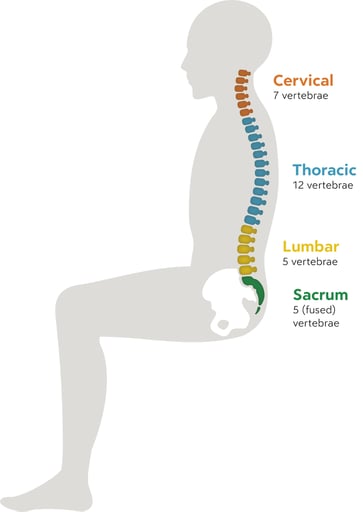
Fix it from the ground up
The key to fixing your posture is to have an office chair that supports the pelvis, not the lumbar spine. Imagine the spine as a building. The pelvis is the concrete foundation; the lumbar, thoracic, and cervical regions are the floors of the building; and the head is the rooftop. The lumbar area is above the base of the spine, corresponding to about the 5th floor of the building. Using this analogy, a chair supporting the lumbar area is like supporting an entire building from the 5th floor.
The result for the building is total collapse; for a body, it is the collapse of good posture and a head aimed forward and down.
The spine will follow the support of the pelvis positively or negatively. Therefore, supporting the pelvis from the ground up will align the rest of the spine and loosen the muscles that press on nerves to cause those dreaded headaches.
After you support the pelvis then you balance the upper spine with a tapered back support to allow the upper spine to assume a natural position. Only one office chair in the industry fully provides this type of postural support.
Recent Post
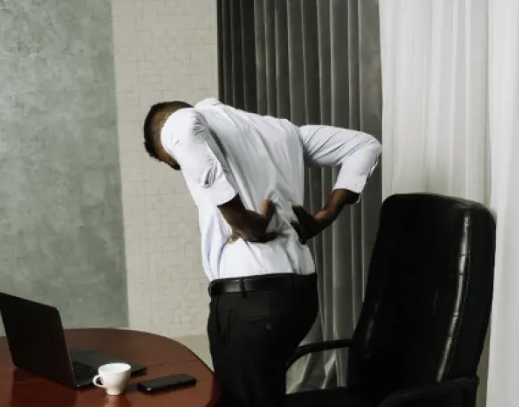
Exercises to Avoid With a Herniated Disc
March 6, 2025A herniated disc can put a serious damper on...

Gentle Back Exercises for Lower Back Pain & Herniated Discs
February 17, 2025Adding a cushion to your office or gaming chair...
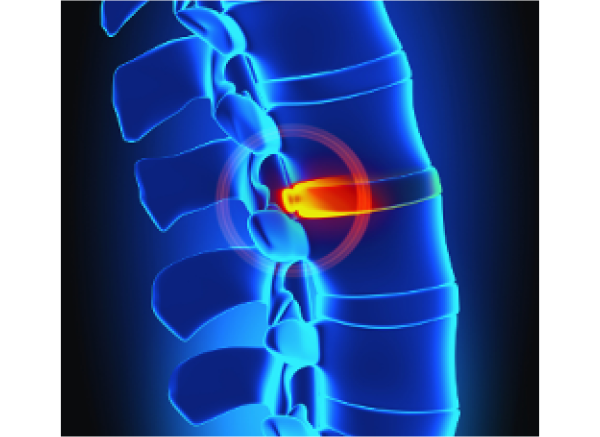
Bulging Disc vs. Herniated Disc:
February 5, 2025Adding a cushion to your office or gaming chair...





